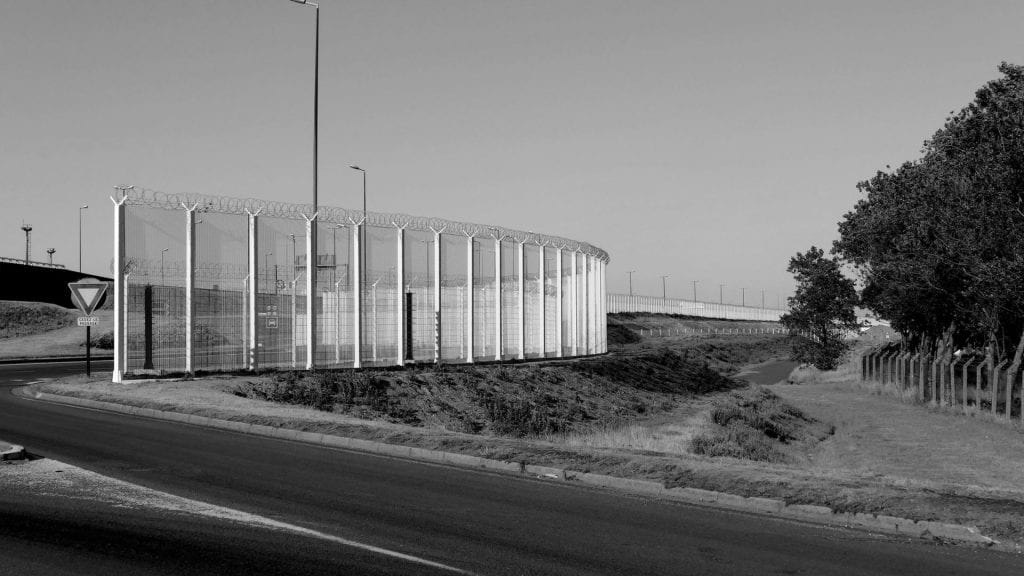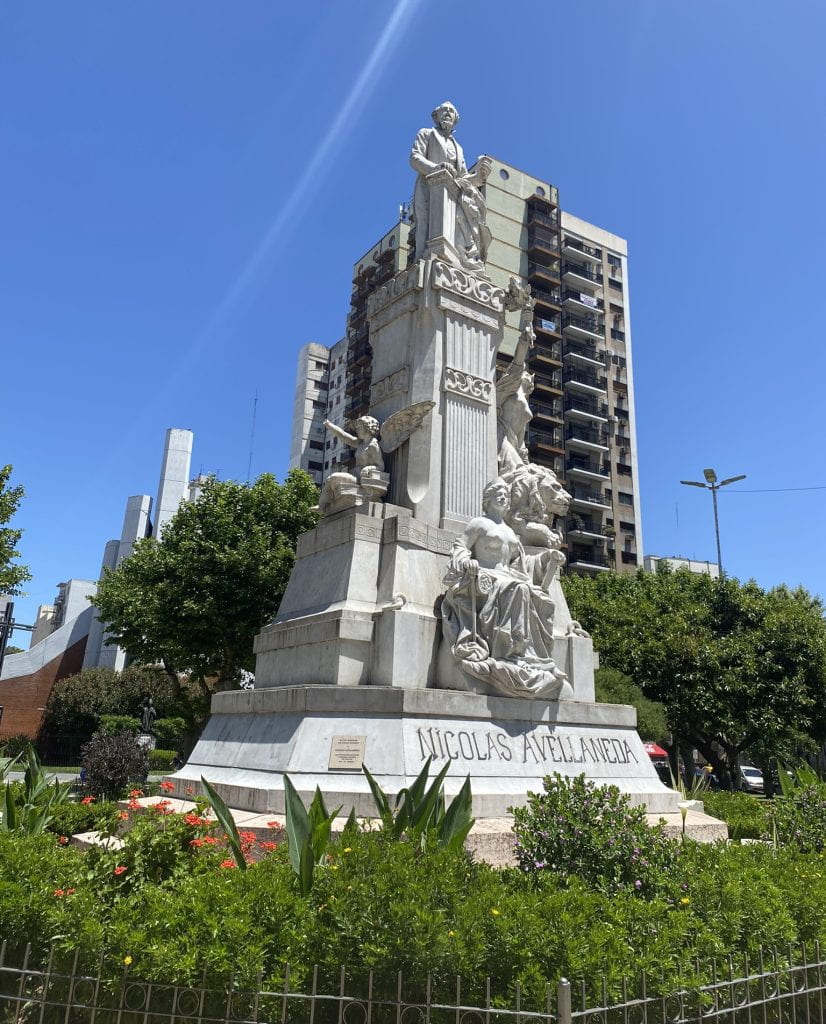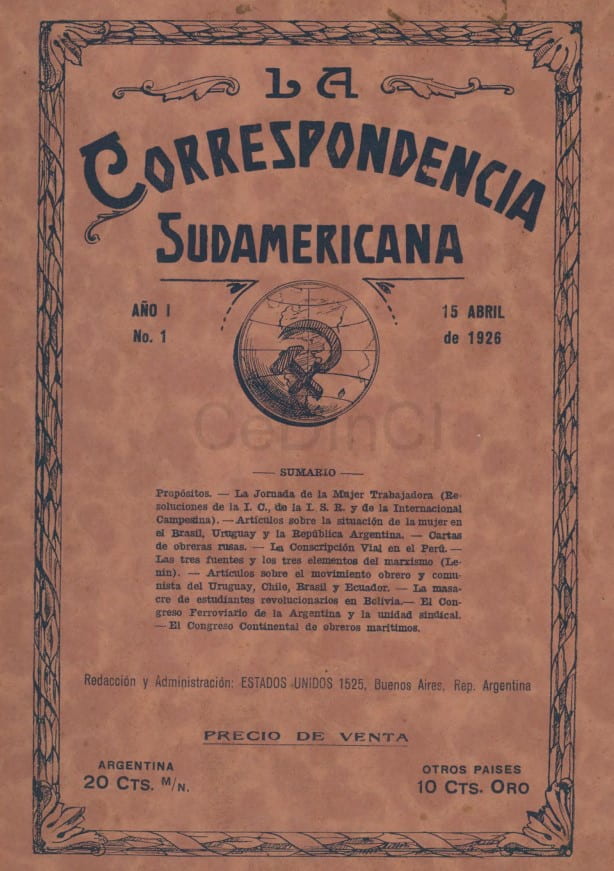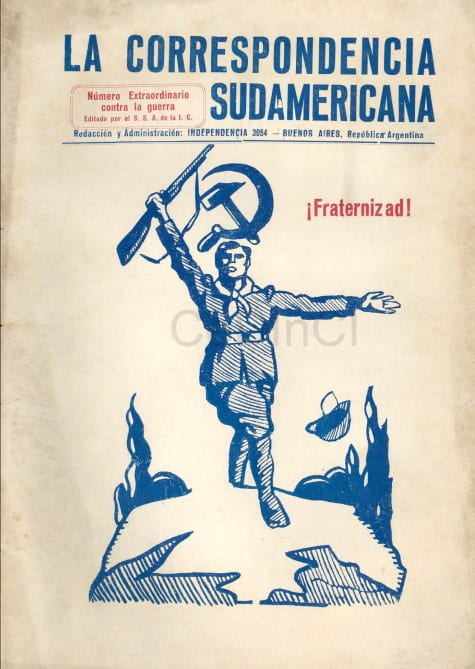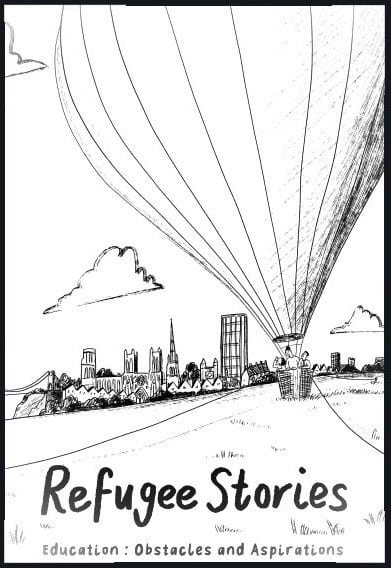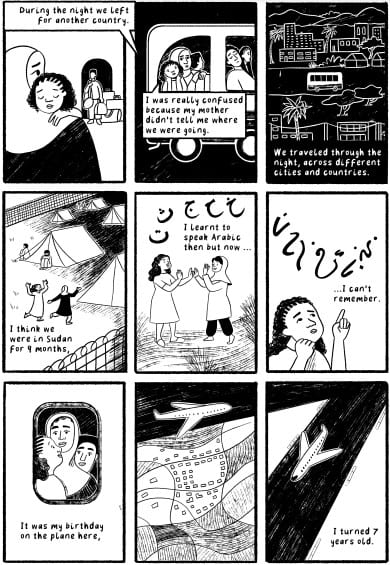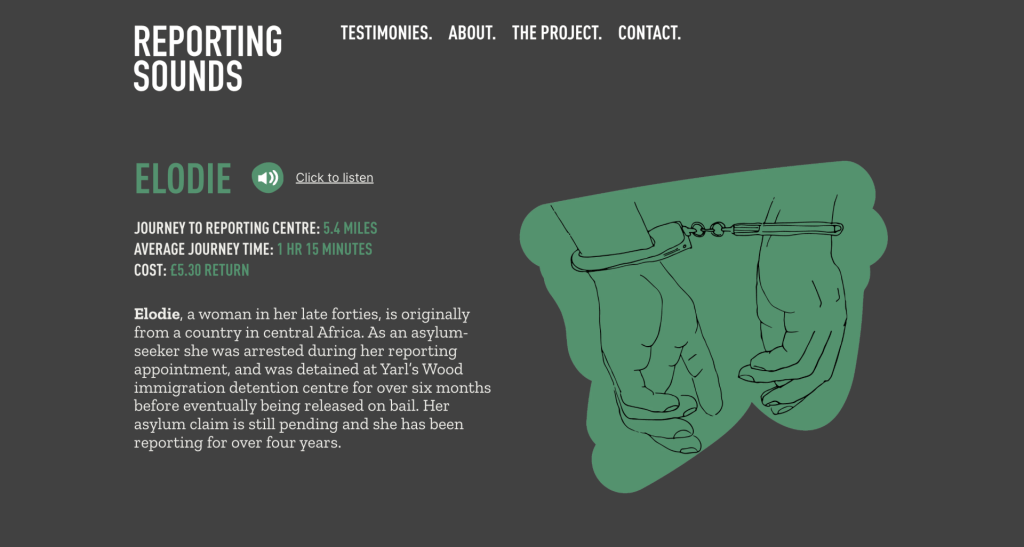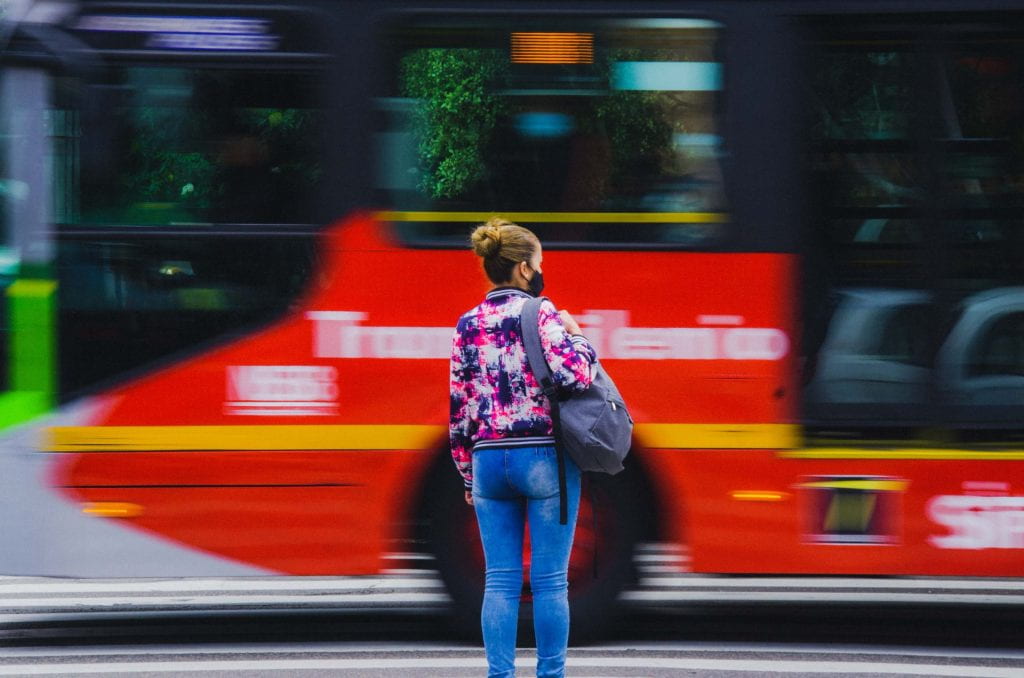By Melanie Griffiths.
The UK’s asylum system is in crisis. Despite the government’s rhetoric, this is largely a crisis of the Home Office’s own making. Years of painfully slow decision-making has created a massive backlog of tens of thousands of people. The recent political hysteria around small boats crossing the Channel and the cruel, fear-mongering policies to send asylum seekers to Rwanda, are attempts to distract from these failings. This includes the inhumane – but entirely predictable – crisis of asylum housing, produced as the need for accommodation has outstripped supply. At a time of fervent emotionality around asylum, this blogpost uses one person’s story to focus in on the disastrous impact of the asylum backlog on the UK’s fragmenting portfolio of asylum accommodation.
Missing in the system
A friend rang me recently in a panic. A worried family in his country of origin was trying to track down a family member missing in the UK. Their son – I’ll call him Daniyal – had disappeared a fortnight previously, hours after arriving looking for safety.
Daniyal had called his family to reassure them he had survived the dangerous Channel crossing and approached the authorities for protection. But immediately afterwards, he had become uncontactable.
Until recently, asylum seekers were generally housed in the community while their claims were decided. Although notoriously inadequate, such housing allowed a degree of ‘normality’ and social connection. But as the asylum backlog has outstripped Home Office accommodation, the picture has altered significantly.
I suspected Daniyal was lost somewhere in the monstrously convoluted and rapidly diversifying asylum housing system. Armed with just his name and GPS coordinates from his last phone call, I started by contacting detention NGOs.
Indefinite detention
For decades, the UK incarcerated people in immigration detention centres principally to remove them from the country. But since 2021, these ‘removal’ centres have been used for initial processing of newly arrived people.
Last year, the UK detained over 16,000 people in immigration detention, costing the taxpayer about £100 million. These prison-like centres detain people with no time limit and are notoriously harmful, with decades of reports documenting traumatisation, ill-health, violence and abuse. Using such sites to isolate and incarcerate people seeking safety reflects systemic mistrust and distaste towards them.

Diversified detention
After failing to find Daniyal in the detention estate, I turned to the newly established ‘quasi-detention’ spaces. These include disused military barracks, which have housed new arrivals for ‘processing’ since 2000 and have repeatedly been found to be inadequate and unsafe. Manston Barracks were described as ‘really dangerous’ by the independent inspector of borders, who found severe overcrowding and outbreaks of rare, contagious diseases. Moreover, in 2021, the High Court found the Home Office guilty of employing unlawful practices in holding asylum seekers at Napier Barracks.
Worryingly, such sites are categorised as outside of mainstream immigration detention and thus excluded from the scrutiny of official detention statistics. Holding asylum seekers in manifestly unsafe spaces, outside of the community and exempt from proper accountability, reflects underlying notions of contagion and disgust.
Fragmentation
But if Danyial had already been ‘processed’, he could be housed anywhere in a bewildering web of sites. Since 2020, this includes hotels, at a cost of £8 million a day. Thousands of asylum seekers have been housed in these ill-equipped places, with the international aid budget plundered in the process. Hotel residents suffer isolation, poor food and hygiene, worsening mental health and even deaths. They have become a magnet for xenophobic hatred and violent Far Right demonstrations, which the government has been accused of stoking.
Or Daniyal could be in one of the Home Office’s new mass asylum accommodation sites. This includes Wethersfield, which was opened in 2023 on a former airfield in a remote part of Essex. The last chief inspector of borders described an ‘overwhelming feeling of hopelessness’ there, warning of immediate risk of criminality, arson and violence.
Similarly, the controversial barge the Bibby Stockholm has housed asylum seekers since 2023. It has been plagued with problems since opening, including legionella bacteria in the water system. Residents describe it as overcrowded, claustrophobic, retraumatising and prison-like; remote, inaccessible and heavily securitised. Just weeks after it opened, a man tragically died onboard.
The sites differ, but they are united in forcing people into substandard, segregated living, subjecting them to dehumanising levels of danger, despair, punishment and abandonment.
Criminalisation
Or was Daniyal in prison? I launched a search with the ‘locate a prisoner’ service and rang individual prisons. But without a prisoner number, and with the Roman-alphabet spelling of Daniyal’s name uncertain, I got nowhere.
I then contacted Captain Support, an NGO that supports imprisoned foreign nationals at the prison nearest Daniyal’s last known location. They sent out information requests amongst their contacts. Eventually a prisoner reported seeing someone who might be Daniyal. Through a complex web of care and connection spanning international and domestic scales, we found him.
Daniyal was in prison, but why? With more digging we found that he had been charged with ‘illegal migration’ offences, even though article 31 of the Refugee Convention stipulates that people seeking refuge must not be punished for irregular entry. Increasingly, the government seeks to criminalise people for seeking safety, despite not offering legal alternative routes. Earlier this year, Ibrahima Bah – barely out of his teens – was sentenced to a decade of imprisonment for manslaughter, after the dinghy he was travelling on sank.
Across Europe, refugees rather than governments are being held accountable for increasingly deadly borders (see also the case of the El-Hiblu 3 in Malta). In the UK, the new Illegal Migration Act 2023 not only prosecutes and punishes those entering ‘illegally’ but allows the government to refuse to consider their refugee claims. Daniyal, Ibrahima, the El-Hiblu 3 and countless others are re-categorised from rights-bearing refugees into one of the most emotionally labile folk devils of our times: the deeply hated and feared, and highly racialised, figure of the ‘foreign criminal’.
Indifference
And yet, the UK’s response to Daniyal was also one of apathy and cruel disinterest. After several months imprisonment, Daniyal was given a release day but not told what would happen to him nor where in the housing labyrinth he would be sent. He spent weeks waiting in fearful uncertainty.
When the day came, Daniyal was just released from prison, with nowhere to go. Neither the Home Office nor Probation provided him with any support. The Home Office had a statutory duty to provide Daniyal with accommodation but they simply, and without explanation, did not house him. As an asylum seeker, he was forbidden from working and had no recourse to public funds, including night shelters. So, in the middle of winter and unable to speak English, Daniyal was abandoned into the horrors of indefinite street destitution.
‘A proud history of protecting refugees’?
An enormous human backlog has been created in the UK’s asylum system. The political response has been to punish and isolate those affected, including through crimes of refuge-seeking, a diversifying portfolio of quasi-penal, segregated and unsafe housing and through political spectacles such as deporting people to Rwanda. The government is attempting to distract us with fearmongering and inflammatory diatribe fuelling hate, disgust and mistrust.
And yet, the almost-garish emotionality of the immigration debate exists alongside a dehumanising disinterest. As I argued in a recent article, it is precisely this mix of splenetic emotionality and callous lack of emotion that not only characterises the immigration system but produces it, and paints certain people as degradable, deportable and disposable. How hopeful then, that as the government’s Safety of Rwanda Act is passed and asylum seekers violently bundled into detention centres for removal, we are witnessing a tide of public outrage and resistance, with hundreds of people coming together in emotional acts of empathy and solidarity.
Melanie Griffiths is an Associate Professor at the School of Geography, Earth and Environmental Sciences, University of Birmingham. She works on mobility and immigration enforcement in the UK. This post relates to Melanie’s article in the recent Special Issue of Identities on ‘Affective Control: The Emotional Life of (En)forcing Mobility Control in Europe’, discussed on the MMB blog by Ioana Vrăbiescu and Bridget Anderson. Previous MMB blogposts by Melanie include ‘The freedom to love: mixed-immigration status couples and the UK immigration system’, written with Candice Morgan-Glendinning.
More information about the Captain Support Network can be found here. Donations to a fundraiser for the network can be made here.


